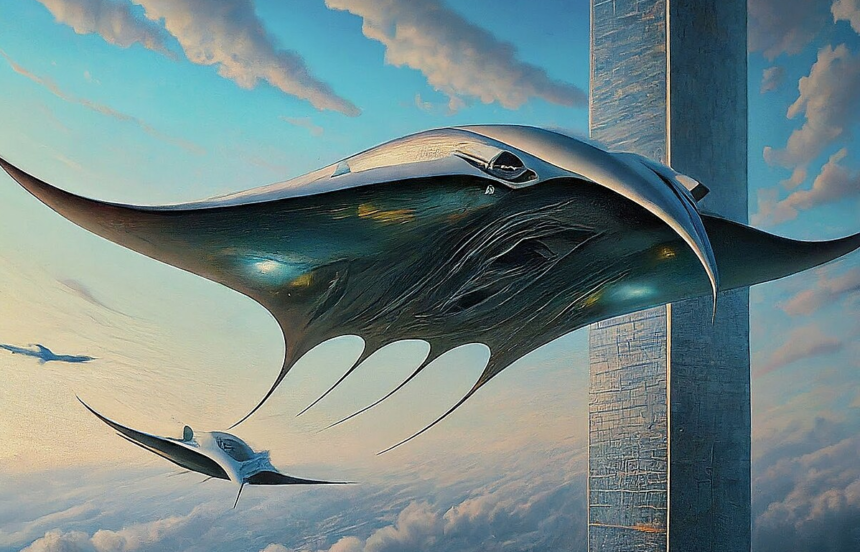Niels Bohr once said: “It’s difficult to predict, especially about the future.”
I say this. Predictions are not about the future, they are about the present.
Now that I’m old enough, I can look back at different visions of the 21st century, many of which now seem outdated. Here are some examples:
I remember the 1960s as a time of techno-optimism. There was his vision of a 21st century filled with space travel, supersonic airliners, and flying cars.
In the 1970s, the mood became even more pessimistic. The famous Club of Rome report warned of overpopulation and resource depletion.
In the early 1990s, there was optimism that the “end of history” would usher in an era of peaceful democratic capitalism.
In the late 1990s, there was growing concern that global temperatures would rise dramatically in the 21st century.
In the early 2000s, the “clash of civilizations” perspective became popular, with a particular focus on the conflict between Western countries and the Islamic world.
Since around 2010, there has been a growing belief that this will be the century of China.
A few years later, concerns about secular stagnation grew.
Today, people are worried about rising nationalism, falling birth rates, and fears of misaligned AI.
What do all these visions have in common? The only unifying thread I can see is that they all reflect what is happening at the time. That doesn’t mean they were all wrong, but rather that they correlated much more closely with the situation then than with the situation today.
Consider what was happening when these predictions were made.
In the 1960s, transportation technology had advanced dramatically over previous decades. It was easy (but wrong) for him to apply these trends to the 21st century. Technology certainly continued to advance, but often in unexpected ways (biotechnology, computer chips).
In the late 1960s, world population growth peaked at just over 2% per year, a rate we may never see again. And in the early 1970s, there was disruption in food and energy supplies.
In the early 1990s, communism collapsed in Eastern Europe and the Soviet Union.
By the late 1990s, there was growing evidence that global temperatures were trending upward. (Several cold winters in the 1970s sparked fears of a new ice age.)
The famous terrorist attacks of 9/11 led to a general belief that there would be many more similar attacks in the near future. The people felt that they were in a very vulnerable position.
China’s hopes for the century peaked at the end of a multi-decade period of double-digit economic growth in China.
The slow recovery from the Great Recession and a prolonged period of near-zero interest rates have raised concerns about long-term economic stagnation. I also expected interest rates to remain fairly low.
So what’s the news today? There are reports that the birth rate has dropped dramatically. We see news about the rise of nationalism. We are seeing warnings that AI poses an existential threat. If there is a unifying thread among all these concerns, it may be the fear of great change. People worry that the rapid decline in birth rates in developed countries means we will be replaced by cheap labor in poorer countries and increasingly sophisticated robots.
But how long will it be before these current anxieties are replaced by a whole new set of worries?
I am not trying to predict the future course of the 21st century, but I will try to predict the future course of the 21st century prediction. Ten years from now, I predict that the consensus forecast for the rest of this century will largely reflect the top news stories of the 2030s. I predict that in the 2040s, predictions for the rest of this century will largely reflect the major news of that decade. The same goes for the 2050s. What will those news be? I don’t know. However, I strongly believe that future predictions continue to reflect current events, and rarely do. Actual future unfolding over time.
In other words, expect the unexpected. And we expect people to assume that the unexpected will become the new normal until some other unexpected event replaces it.







